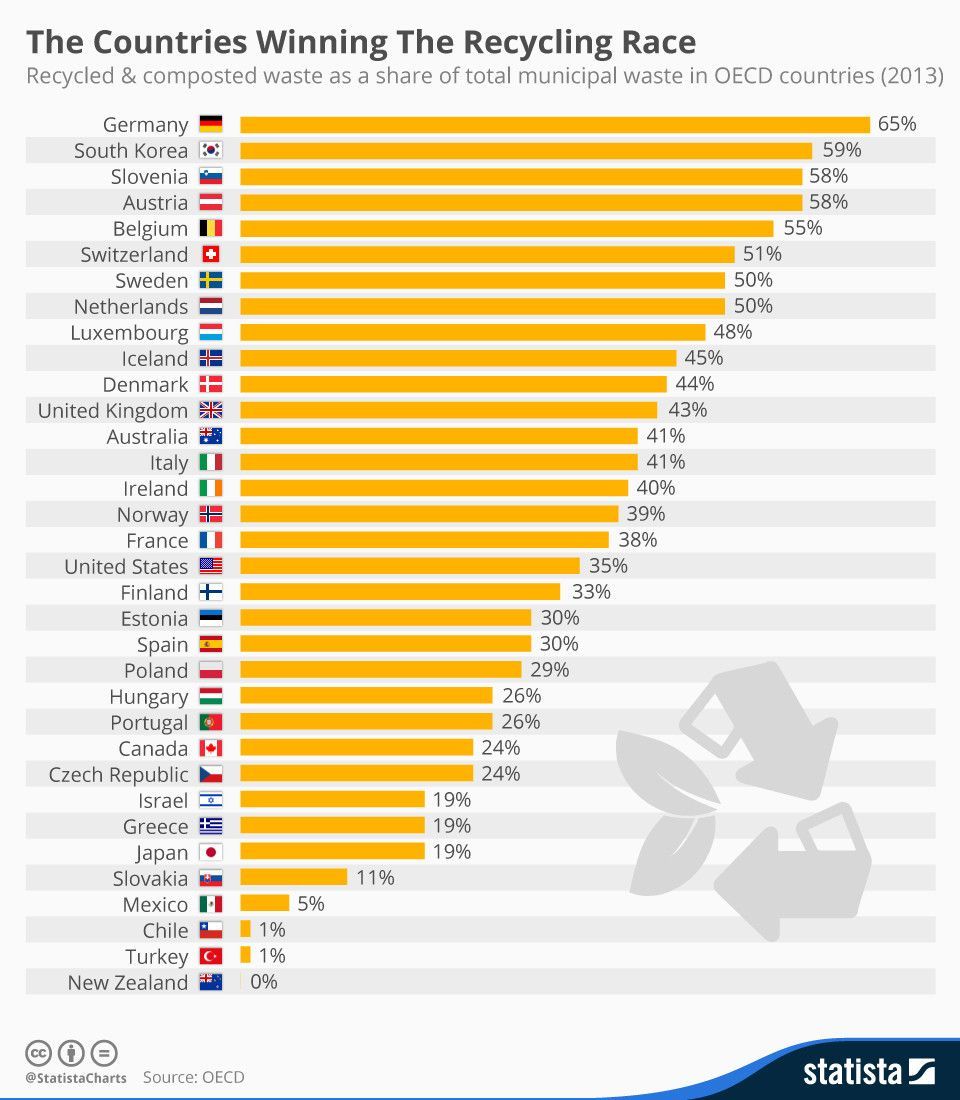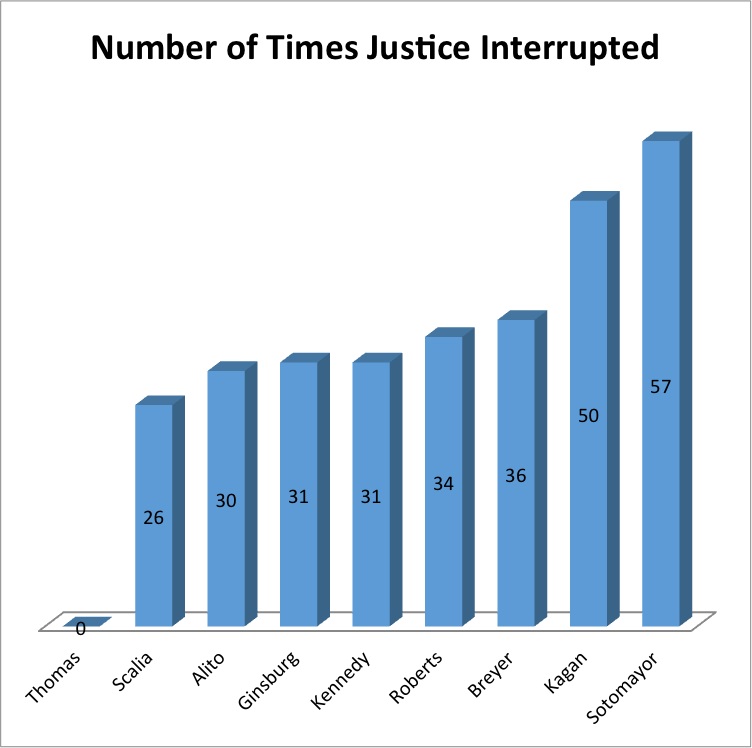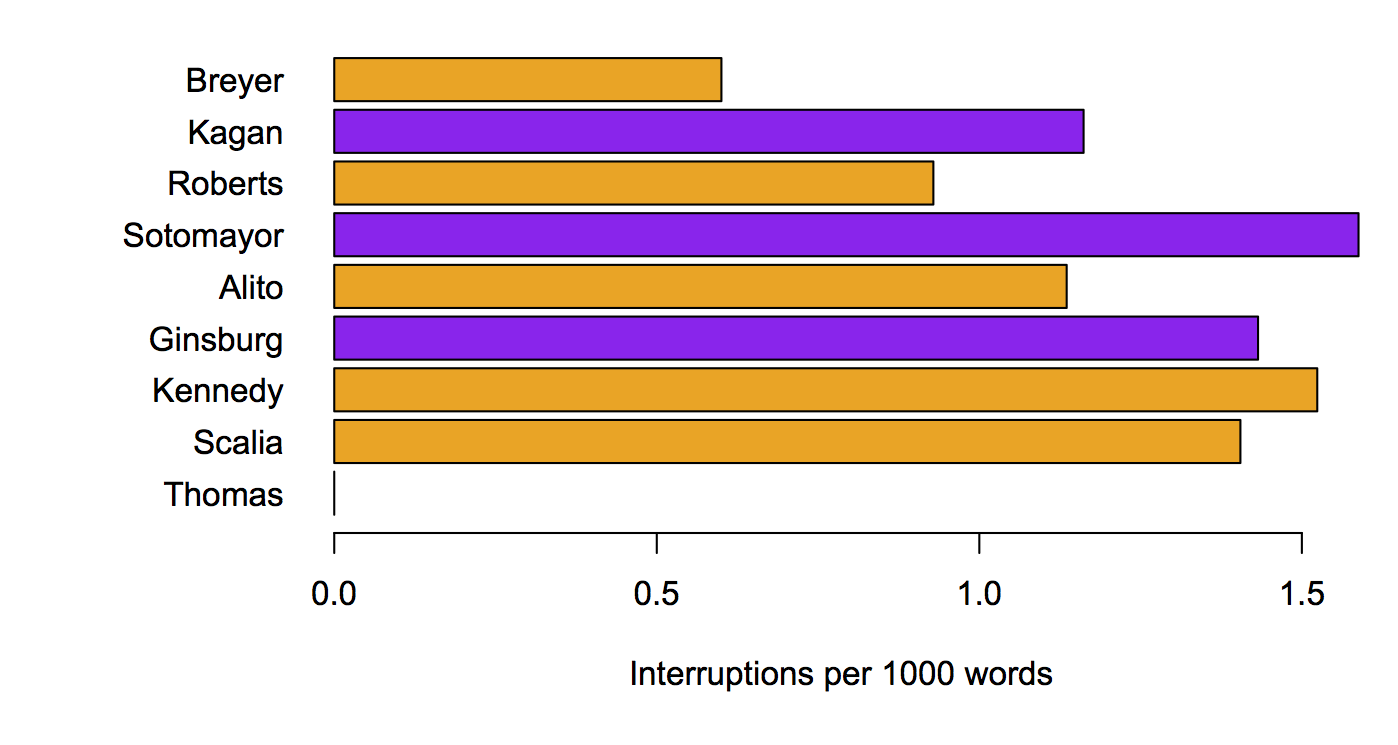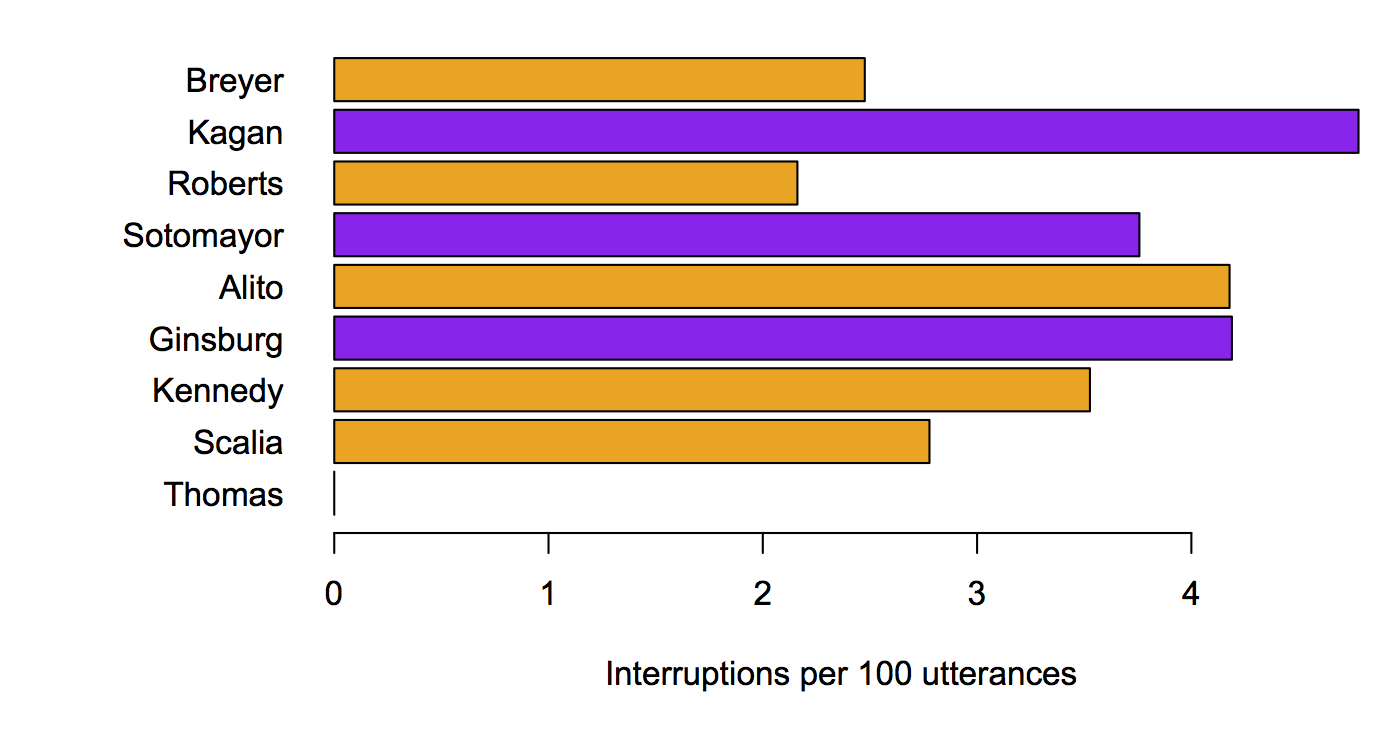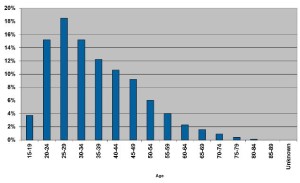Meet Statistics summer scholar Grace Namuhan
Every summer, the Department of Statistics offers scholarships to high-achieving students so they can work with staff on real-world projects. Grace Namuhan, below, is working with Professional Teaching Fellow Anna Fergusson on the design of interactive data visualisation tools for large classes.

Stage one Statistics courses are enormously popular at the University of Auckland – there are more than 2,000 students per semester, and single lectures may contain up to 600 students. Anna Fergusson, who is part of the stage one teaching team, is a keen developer of in-class web apps to engage these students. For example, you might get students to respond to questions via their own devices, with the data collected to a Google sheet that can then be analysed in class. Working alongside Anna, Grace has been exploring the principles of designing such data visualisation interactives for large-scale learning.
In particular, she is working on an interactive to collect finer-grained data on how students carry out a hypothesis test – in particular, a Chi-square test for independence. This particular app is not for live analysis – rather, she is tracking every point, click, and selection students make as they work through the interactive.
She’s had to work out what data to collect and how to store it, and also develop a plan to analyse this very rich and complex data set – even this one app involves thousands and thousands of rows of data. She also has to consider what an educator would want to know from the data.
Grace, a third-year Bachelor of Science student undergraduate majoring in Data Science, says the project is exercising what she has learned so far, “which are my programming skills for creating the interactive and statistical skills for analysing the information extracted from the interactive”.
However, Grace didn’t start out her undergraduate studies in statistics – she did a year of biomedical science “but I didn’t really enjoy it. Data science just came out as a new major when I wanted to change my major – it involves half statistics courses and half computer science courses, so I thought it would be a really suitable major for me.”
Statistics appeals to Grace as she is “quite a practical person; turning what might look meaningless data into something useful is really fascinating. There are a lot of invisible data around us in our daily lives; being a data interpreter makes me feel like I am useful”.
- For general information on University of Auckland summer scholarships, click here.
- To find out more about Anna’s work in developing resources for large-class teaching, click here.



